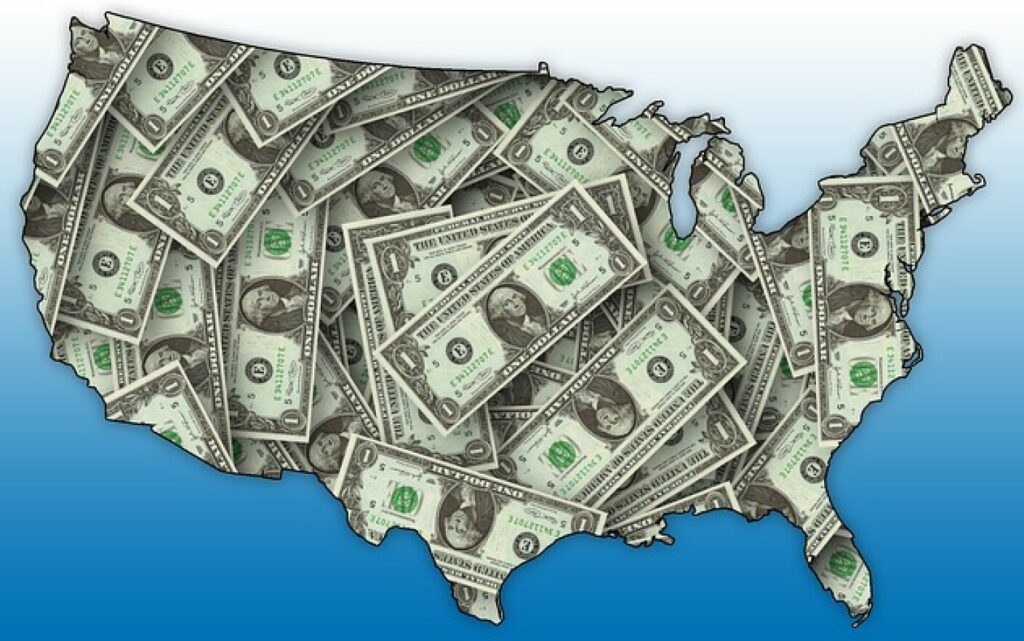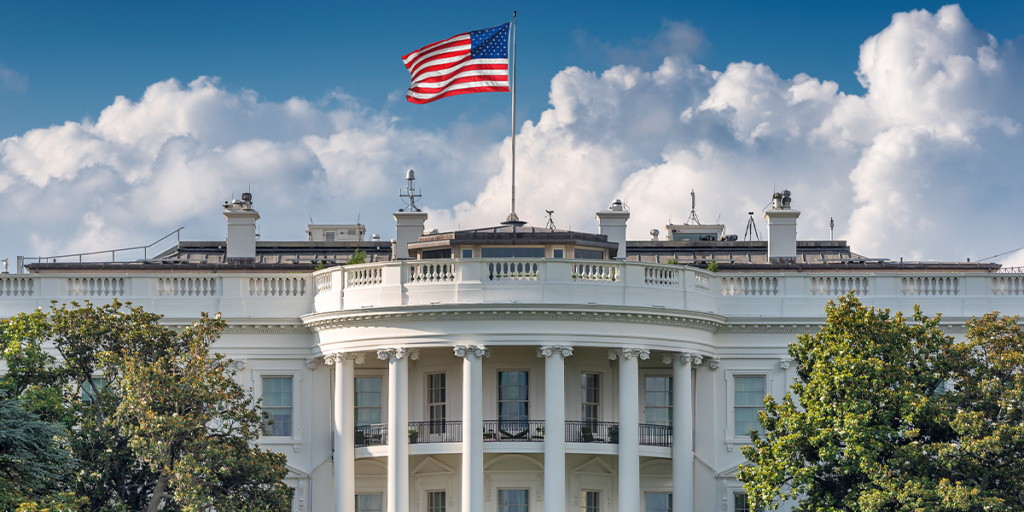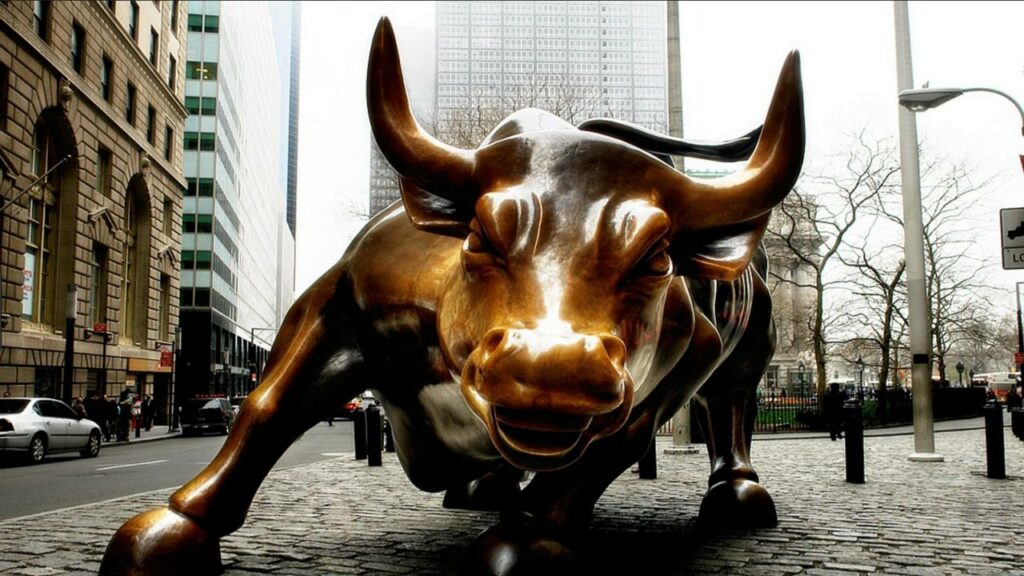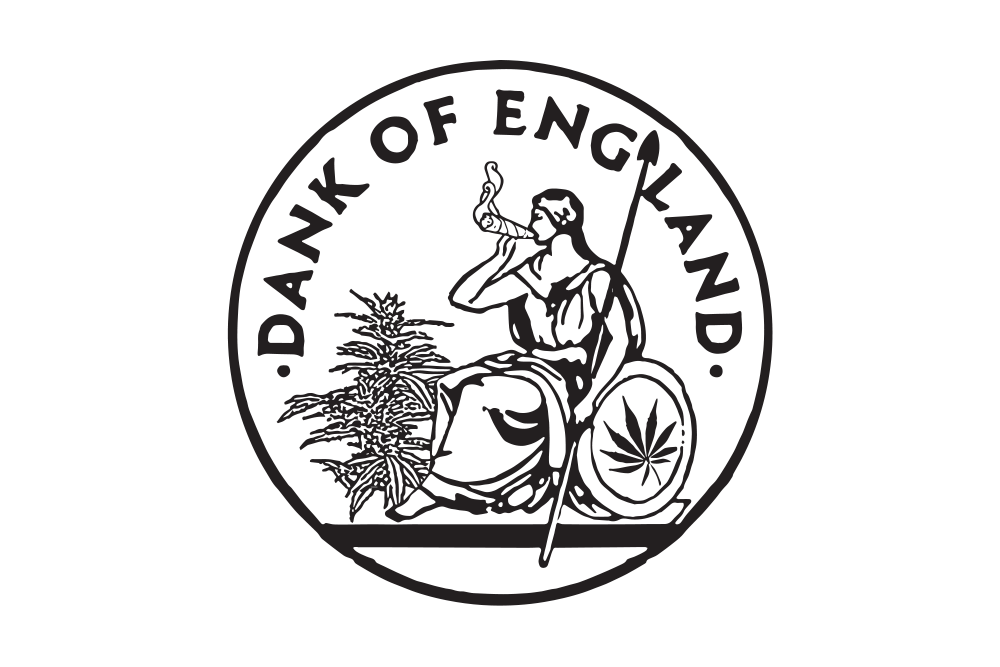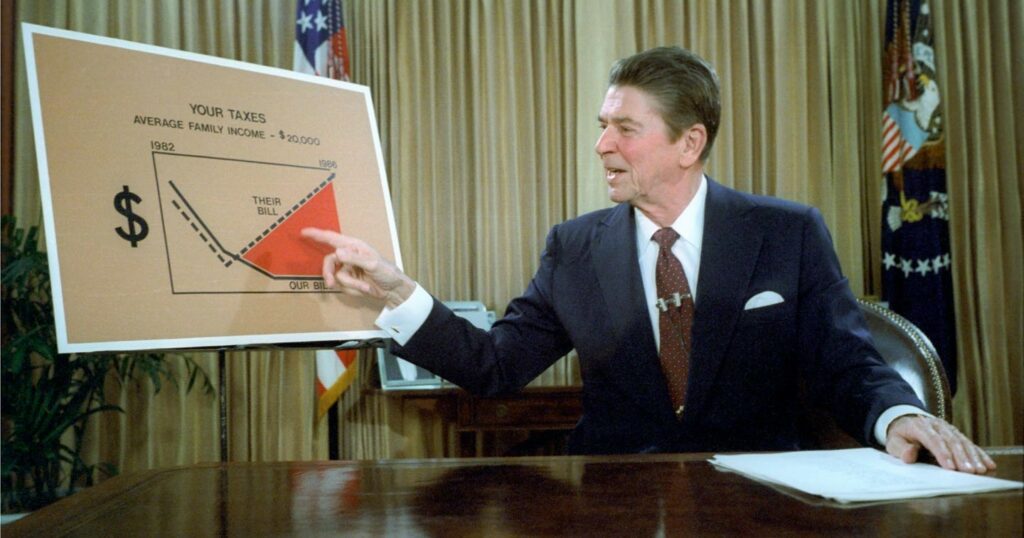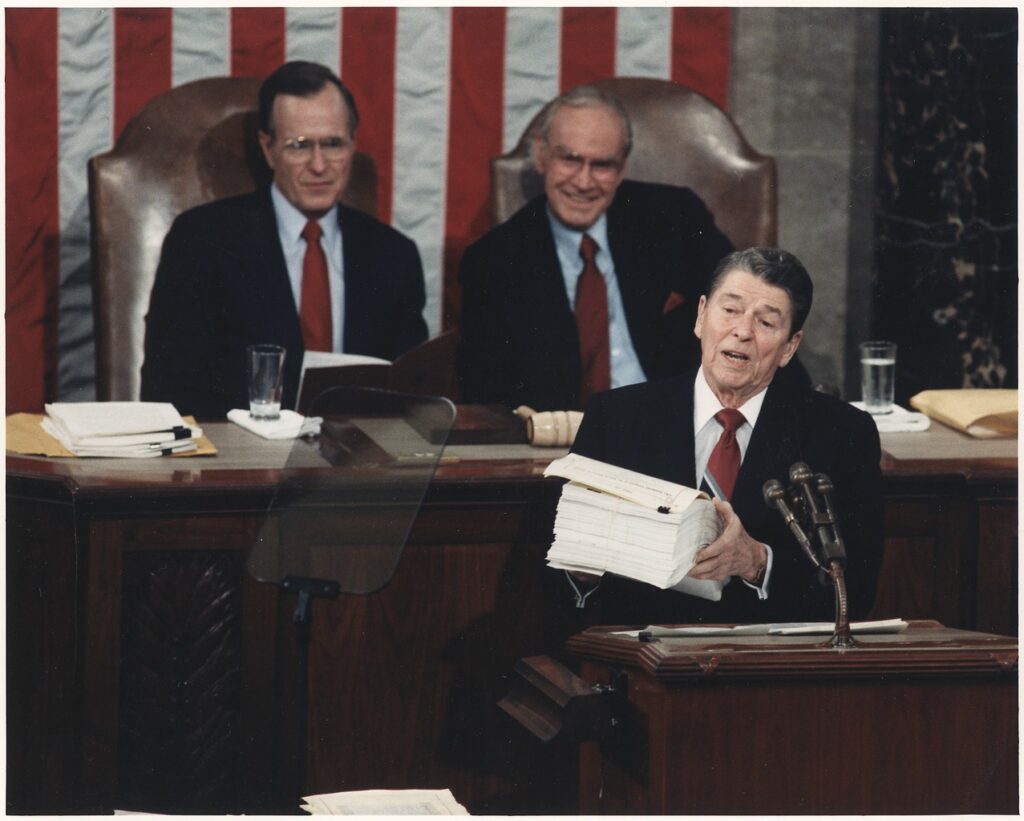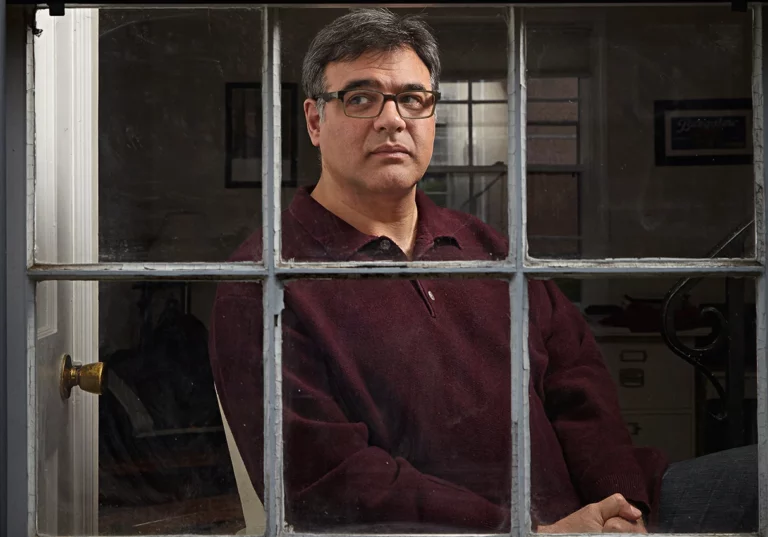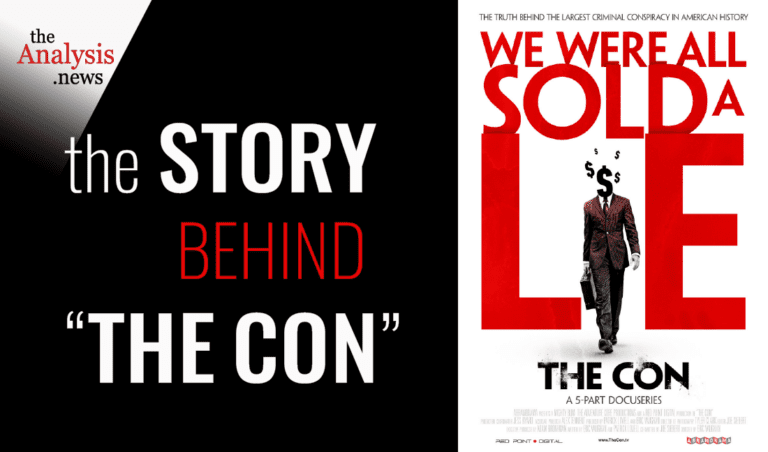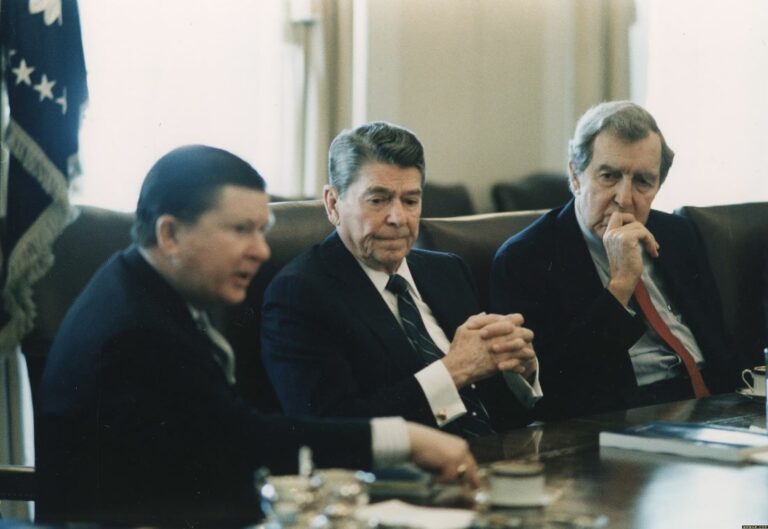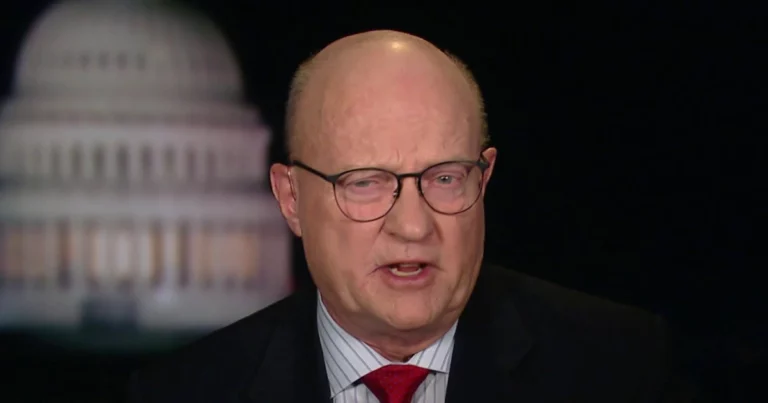This is an episode of Reality Asserts Itself, produced on June 10, 2014. On Reality Asserts Itself, Mr. Johnson says the scale of the political investment of finance – six, seven hundred million dollars – is overwhelming. With the political power of finance, do we still have a democracy?
PAUL JAY, SENIOR EDITOR, TRNN: Welcome back to The Real News Network. I’m Paul Jay in Baltimore. And welcome back to Reality Asserts Itself with Rob Johnson. And Rob now joins us in the studio.
Rob is the president of the Institute for New Economic Thinking and a senior fellow and director of the global finance project for the Franklin and Eleanor Roosevelt Institute in New York. … Robert was a managing director of the Soros Fund Management, where he–. … Robert was a managing director at Soros Fund Management, where he managed a global currency bond and equity portfolio. … Robert was a managing director at Soros Fund Management, where he managed a global currency bond and equity portfolio. And as I said in part one, he was one of the men who broke the Bank of England. And we will get to that story.
Thanks for joining us.
ROB JOHNSON, EXEC. DIRECTOR, INSTITUTE FOR NEW ECONOMIC THINKING: My pleasure.
JAY: So, before you broke the Bank of England, you’re still young. You’re, what, about 30 years old or something. You go and you work in Washington. And you worked during very tumultuous times economically. There’s a crash, an economic crash. There’s the savings and loan crisis.
JOHNSON: Yes.
JAY: Tell us a bit about the crisis at that time and what you came away from thinking about how this economic system and political system were working.
JOHNSON: You know, from the beginning of the time that I was there on the Budget Committee under Pete Dominici’s leadership was when Reaganomics was put in place, so-called supply-side economics. And Paul Volcker was the chairman of the Fed, stamping out inflation with very austere policies and high interest rates. There was a great deal of tension about Fed policy, the breaking of the air traffic controllers union, and other landmark events, really changing what you might call the balance of pressure on labor relative to on capital and business, in favor of business.
As we got to 1987, we experienced the very, very abrupt decline, October 19, 1987, the crash of ’87. And at that point I had just started working with the Senate Banking Committee. So all the tension was between the futures markets in Chicago, the cash market, New York Stock Exchange in particular based in New York, the arbitrage–they called it index arbitrage–between the two, the role of derivatives, the nature of exchanges, became what you might call the fodder. A great deal of tension and controversy in the financial committees. Nicholas Brady ran what was called the Brady Commission, which was a diagnostic study of what had happened and what he recommended. And in the aftermath of that, the savings and loan crisis erupted. And what I mean by that is the savings and loans started to lose money, the decline in oil prices in the mid ’80s made places like Texas and Colorado I guess you might call enter an acute slump, and the savings and loans had insured deposits, but not much restriction on the assets side of their balance sheets. So they started playing what I call the Hail Mary pass, which is: heads they win; tails, well, they just lose a little more. And a lot of these firms were underwater, and the government had to intervene to put a tourniquet on their risk-taking activities, and then eventually to the tune of about $120 billion restructure the savings and loan institutions and have bailout.
JAY: This change of pressure and balance of power between capital and labor, it’s a critical moment in American history, I think.
JOHNSON: Yes.
JAY: I saw a chart once on financialization, finance as a percentage of GDP, starting in the late 19th century. And you have this kind of more or less straight line up to about 1929, ’30, ’31. Then it starts to go down during the crash. And then in World War II it goes way down, which–I assume because there’s so much government expenditure on the economy that the role of finance is just limited.
JOHNSON: Well, it had subordinated to the war effort.
JAY: And then from the end of the war up it’s like a rocket ship from there till about 1980, ’81, where finance gets back to the same very, very high levels relative to GDP, which is the beginnings of Reagan. And then it’s more than a rocket ship, it’s like a straight-up shot from there on, and more or less it still is.
But the growing power of finance, you’re in, you’re working at the Banking Committee, the Budget Committee. You must see up close this convergence of the power of finance and politics and the kind of policies that led to all of this.
JOHNSON: Yes. Well, there was a lot tension while I’m at the Banking Committee about the repeal of the Glass-Steagall Act. You have seen the so-called Latin American debt crisis that Volcker had administered from the New York Fed before he became the Fed chairman in the early 1980s. And you’re feeling like finance is going from what you might call a boring golfer’s service business to becoming a dynamic growth business. Walter Wriston, the Citibank chief executive, personified this desire for more aggressive entrepreneurial risk-taking in the banking system. And the deregulation that followed during the 1980s and the ’90s and the growth of derivatives markets that just exploded between the mid ’90s and, say, 2005, all of that was underway, the lobbying emanating from the financial sector, for what you might call the architecture of their own rules, their own system, was becoming more and more fierce and continues to this day.
JAY: So in the ’30s with Glass-Steagall and other kinds of legislation on the commodities side, there was some understanding that this stuff had to be mitigated, that you couldn’t just have a free-for-all finance sector. And under Roosevelt it–you know, I guess ’cause the crisis was so severe, he was able to sort of discipline the finance sector, which I guess they resented every day after that. And with Reagan especially, they start to unravel all of that. Just for those who haven’t followed this, explain again quickly what is Glass-Steagall.
JOHNSON: The Glass-Steagall Act was enacted at the time of the Great Depression after the banking crisis, and it was an attempt to sever investment banking activities like stock and bond underwriting from commercial lending activities. So the commercial banks were separated from the investment banks. The activities could not be commingled under one roof.
JAY: Okay. So I was saying that was an attempt to create some kind of control, moderation, of wild speculative activity. But you’re saying it’s more complicated than that.
JOHNSON: Well, what I would say is that it did have the effect of decoupling, and therefore having smaller firms than a big universal bank like the Germans had, but I think the motivation there was that JPMorgan had been a very, very formidable universal bank, and they were in competition for leadership in the financial sector with what I’ll call the Rockefeller banks, like Chase and Citibank, on the one hand, and some of the investment banks, like Kuhn, Loeb, which was famously–Morgan was said to be anti-Semitic, and the leaders at Kuhn, Loeb included many Jewish partners.
So the Glass-Steagall Act, if you go into the archives–and someone like Tom Ferguson has done a fabulous job of this–shows that there’s what you might call intercapitalist combat to break the power of Morgan into pieces and create greater relative power for the Rockefeller banks and the investment banks.
JAY: So, I mean, there’s been such debate about it recently that, you know, the return to Glass-Steagall is this sort of return to rationality. I mean, is that true?
JOHNSON: Well, people feel in the so-called too-big-to-fail banks that they are allowed to do too many activities alongside one another inside of a holding company. What this implies is people inside those banks can exploit conflicts of interests. For instance, the market makers could have proprietary trading and view the orders from their customers almost like waves for a surfer to ride to the beach on rather than having to think for themselves about which direction markets were going. But they call–in many studies they call it the edge is the ability to essentially front-run your own customers. There are all kinds of other conflicts embedded. For instance, when lending starts to go sour, do you go out and issue bonds or stocks to retire the debt and take it off the banks’ balance sheet and seed it with customers without disclosing that to customers? There are all kinds of potential hypothetical flaws that commingling of banks have tolerated.
JAY: The main point I was getting at, if you agree that there was some mitigation on the power of finance with Reagan, whatever fetters there were start to get unfettered.
JOHNSON: Mhm.
JAY: And so you’re there during that. And what does that do to your own thinking? I mean, explain a bit more about what was happening and your own thinking about how this whole system is working and your place in it.
JOHNSON: When I was a young person, say, in my late ’20s or early ’30s, going to closed-door caucuses with congressmen and senators about the structure of impending financial legislation reminds me of Bismark’s comment that no one should ever see sausage or legislation made. It is an interesting thing from my vantage point, which is many people on the left doubt what you might call the validity of free markets, and they recommend intervention and regulation. For someone who’s seen how the regulatory response is designed and enforced, I’m not as sanguine about the powers of regulation. I believe conceptually one can imagine that regulations can what you might say compensate for flaws in the market and their enforcement could make a positive difference, but putting those mechanisms in place probably involves things like stopping the amount of money that–campaign contributions that flow into the legislative process or regulatory process.
JAY: ‘Cause the people that are regulating are getting too much money from the sector they’re supposed to be regulating.
JOHNSON: That’s right. And that’s what they call capture. George Stigler, the Nobel laureate from the University of Chicago, brought these theories to the fore in his famous articles on the theory of economic regulation.
So that doesn’t mean you want to have unfettered free markets, but it means at times you’d better be careful that the cure isn’t worse than the disease.
JAY: So as you get ready to leave working in the public service and you’re about to go into the private sector, are you getting jaded, cynical? You’ve seen the sausage being made, and do you conclude, well, screw it, I might as well make some money?
JOHNSON: My sense at the time was that I was getting educated, not cynical. But I did say at one point to a reporter when I left and went to New York that I felt that I had observed a lobbyist could undo in one lunch six months of my work. And so in that respect the limitations of the power of legislative staff were evident to me. But in those days (we’re now talking about late ’80s), I still felt, say, like the lead attorneys at the Federal Reserve and others were primarily the draftsmen of legislation. By the time you get to 2008 and beyond, Dodd-Frank legislation, much of this legislation is drafted by lobbyists and they’re–how you say–they’re growing their own rules and they’re holding fundraisers out the wazoo.
JAY: It’s an increasing assertion of power by the finance sector.
JOHNSON: Yes. Yes. I think the numbers bear that out. When I gave testimony one time in Congress about derivatives, I cited a security analyst named Brad Hintz, who said he thought if the derivatives were all moved onto exchanges, that they would lose 20 percent of their profit. I don’t know if that’s exactly right. It’s probably a good approximation. But I cited it by saying, last year the six largest banks that constitute 95 percent of the derivatives market made $35 billion. So $35 billion, 20 percent of that is $7 billion. Let’s say you have a bill every four years. That’s $28 billion. If they make contributions and lobbying expenses of six, seven hundred million dollars a year, to block those reforms, that’s a tremendous return on investment.
But the scale of their political investment, six, seven hundred million dollars in relation to a democracy is overwhelming. And it means at some level in this era of very large mega organizations, whether in industrial capitalism or vis-à-vis the Pentagon or the medical-industrial complex or, profoundly, in finance, where the money flows most powerfully because they’ve been the most profitable sector, the question is: are we governable at this point? When you juxtapose these large-enterprise money-generating machines alongside of individuals, do we really have a democracy any longer?
JAY: And you leave Washington. You go into the private sector. And it isn’t very long before you’re involved in some enormous plays, enormous drama, and the making of a lot of money. So in the next segment of our interview, we’re going to get the story of the men that broke the bank of England and what that meant to one of them.
Please join us for the next segment of our interview with Rob Johnson on Reality Asserts Itself on The Real News Network.
Never miss another story
Subscribe to theAnalysis.news – Newsletter
“Robert A. Johnson is the Executive Director of the Institute for New Economic Thinking and regularly contributes to NewDeal 2.0 with his “FinanceSeer Column.” He also formerly traded currency on Wall Street under George Soros.”

